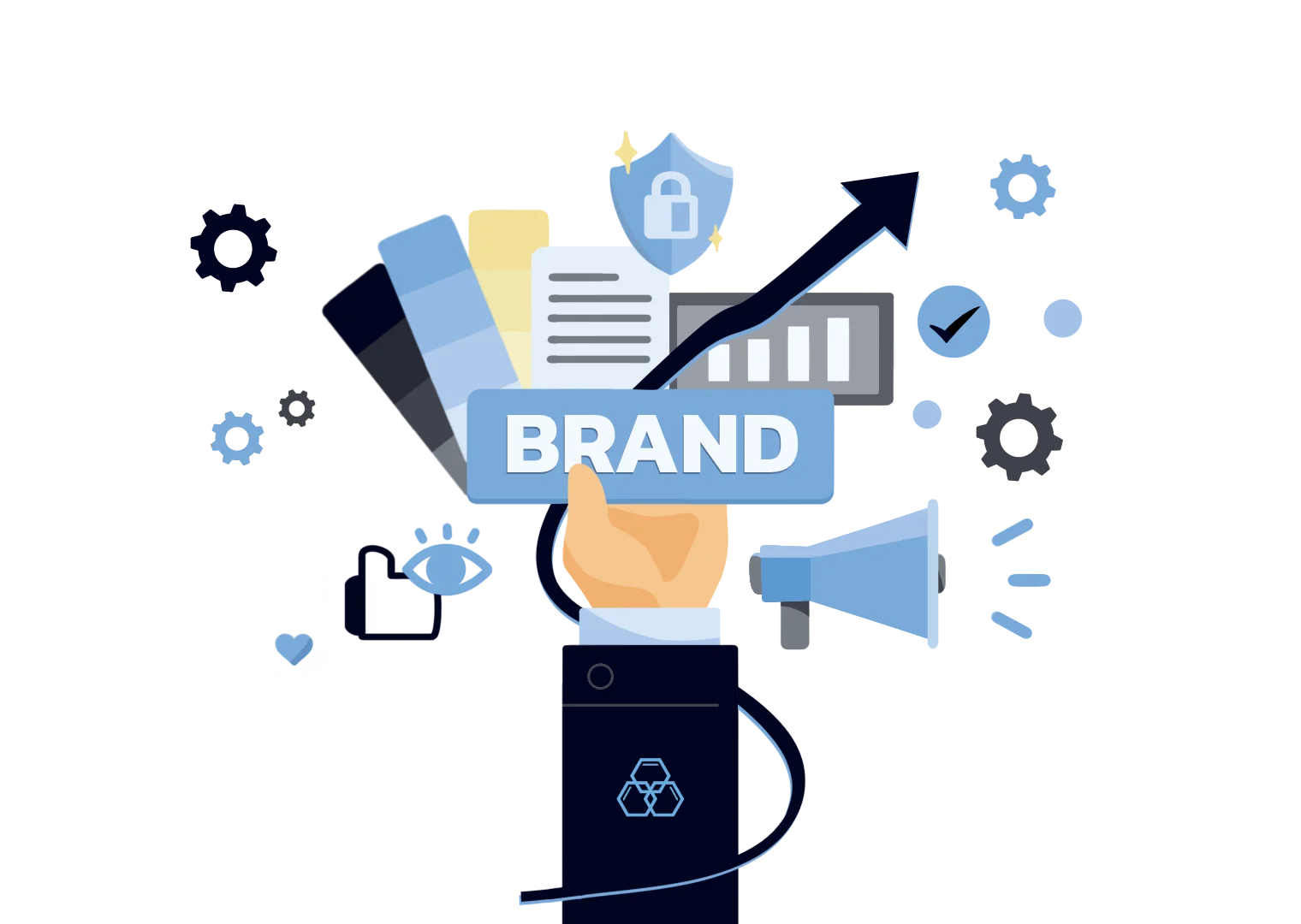
It's not uncommon for many business professionals to frequently mix up marketing, design, and advertising professions with one another and sometimes use creative titles interchangeably. You can find most creatives working for an advertising agency or working for a design studio.
The truth is, creatives are one of the most important players of any advertising team yet they seem to be invisible to most small business owners. In this article, we take a look at what a creative person is and the skillset they should have or acquire. How creativity is a process and not some magic gift they were bestowed with. Lastly, I talk about some key creative roles and how a particularly creative mind can drastically improve one aspect of a project.
Definition: More than just a Creative Person
Creative people are responsible for creative thinking, which leads to a new idea and results in creative work. These creative individuals all have their own fields of expertise, which when combined, create impactful work that elevates your company's brand in wonderful ways. Thanks to online education, a lot more creatives are becoming multifaceted.
Today, you can find creatives who are content managers, videographers, photographers, brand strategists, and graphic designers all wrapped into one. It has never been easier to find a creative who claims they can do multiple creative jobs. Regardless of their creative professions or expertise, all creatives should have a core set of skills that they can confidently talk about and prove.
How Creative's Work: 9 Critical Skillsets
1. A Repeatable Creative Process
Creativity thrives on rhythm and structure. A repeatable creative process provides a framework for innovation by turning spontaneous ideas into consistent results. This means having a step-by-step approach to developing ideas, refining concepts, and finalizing outcomes.
Whether it starts with research or begins in a sketchbook, a defined process helps creatives avoid burnout and creative blocks. More importantly, it ensures you can deliver quality work under pressure, on deadline, and across marketing campaigns.
2. Artistic Skills
At the heart of creativity lies a strong sense of visual awareness. Artistic skills allow creators to communicate mood, emotion, and meaning in a unique way that words often can’t. Even in digital spaces, understanding the fundamentals of composition, color, form, and texture is critical for artists to creating engaging and memorable content.
These talents can be developed through continuous observation, hands-on experimentation, and studying artistic principles.
3. Design Thinking Skills
Design thinking bridges creativity with empathy. It’s the ability to understand user needs and frame problems in a way that invites innovative solutions. Rather than relying solely on intuition, design thinking guides creatives to define challenges, brainstorm effectively, prototype ideas quickly, and gather feedback before launching.
This human-centered approach helps ensure that creative work is not only beautiful but also purposeful. It encourages you to ask deeper questions, observe real behavior, and co-create with the people you’re designing for.
4. Creative Thinking
Creative thinking skills allows individuals to move beyond obvious solutions, combine unrelated ideas, and challenge assumptions in pursuit of something fresh. Unlike analytical thinking, which narrows possibilities, divergent thinking expands them. Being a creative genius requires playfulness, curiosity, and the willingness to take intellectual risks.
You might connect patterns across different industries, reimagine outdated models, or explore metaphors as a way to frame new concepts.
5. Open-mindedness
Being open-minded means staying receptive to perspectives, feedback, and ideas that differ from your own. In the creative process, it’s easy to become attached to a particular vision, but true growth happens when you allow input to reshape your approach.
Open-minded creatives are better collaborators and problem-solvers because they listen without judgment and are willing to evolve their work. This quality also fosters resilience—it allows you to handle critique without defensiveness and view challenges as opportunities to rethink and refine.
6. Social Media Knowledge
Creative professionals must understand how their work functions in digital spaces—especially on social media. Knowing what performs well on Instagram, TikTok, LinkedIn, or YouTube requires both strategic thinking and platform fluency.
It’s not just about creating something visually stunning; it’s about making sure your content is discoverable, shareable, and aligned with current trends. This involves staying informed on algorithms, platform updates, audience behavior, and visual formats.
7. Works Well with a Team
Creativity is often collaborative. Even the most brilliant idea needs input, refinement, and support to reach its full potential. That’s why being able to work well with a team is essential.
This includes giving and receiving feedback gracefully, understanding how to contribute in group brainstorms, and aligning your personal vision with shared goals. Team-oriented creatives recognize that good communication, mutual respect, and a shared sense of ownership lead to stronger, more cohesive results.
8. Reliability
While creativity is exciting, it also needs to be dependable. Reliability means showing up, meeting deadlines, and delivering work that’s consistent in quality. It’s about following through on commitments and being the kind of professional others can count on.
In creative industries, where timelines are tight and expectations are high, reliability becomes a major differentiator. It does sacrifice spontaneity but builds a workflow that supports both inspiration and accountability.
9. Researching Skills
Behind every compelling creative project is a foundation of strong research. Whether you're building a brand, designing a campaign, or crafting a story, understanding your audience, competitors, and context is essential. Research skills help you draw from the real world rather than guesswork.
They guide your tone, inform your visuals, and ensure your work speaks directly to the people it’s meant to reach. Good research allows for more strategic creativity—it brings clarity to the problem, context to the solution, and originality to the execution.
6 Important Roles of a Brand Creative

Graphic Designer
A graphic designer specializes in the visual aspects of a project. They know how to fuse graphics, photography, and text to communicate a message to their audience. They are experts in design and aesthetics and can elevate any business' marketing materials. A graphic designer will make the content you promote look professional. They are also responsible for maintaining your brand's visual identity cohesive.
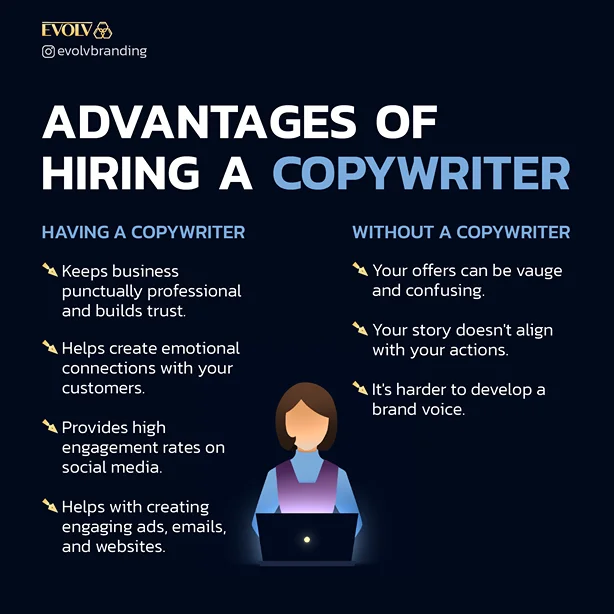
Copywriter
A copywriter helps create a voice for a brand or product. They create written content such as blog posts, copy for advertisements, and social media updates. An experienced copywriter will create thought-out pieces of written content that will resonate with your audience and amplify your voice.
A great copywriter will know how to make a client stand out of the crowd and create content that provokes action.
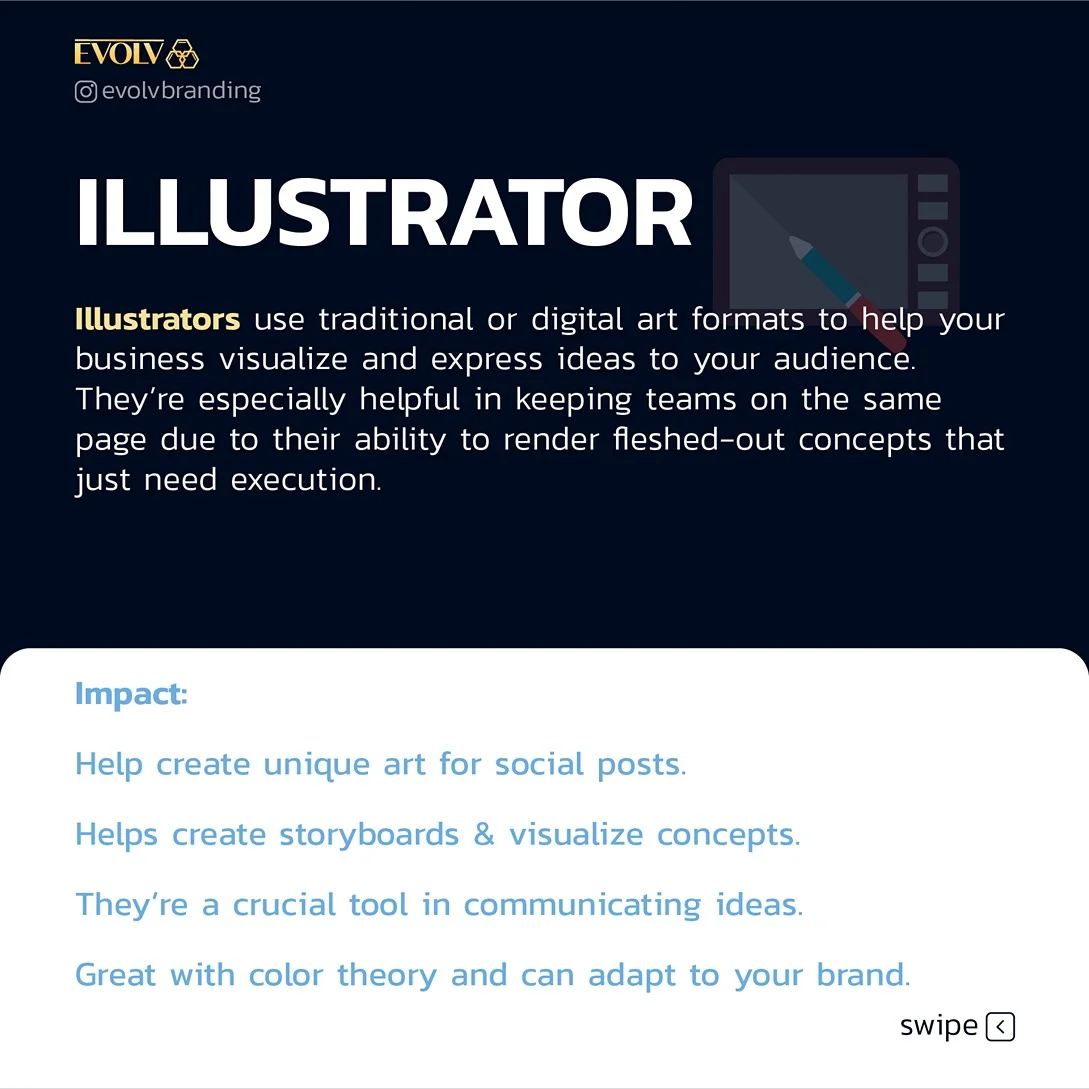
Illustrator
An illustrator specializes in creating visual art. They are experts in digital and traditional painting and can make any idea or concept come to life through their drawings. Illustrators should also be experienced in color theory and know-how to work with different styles and mediums.
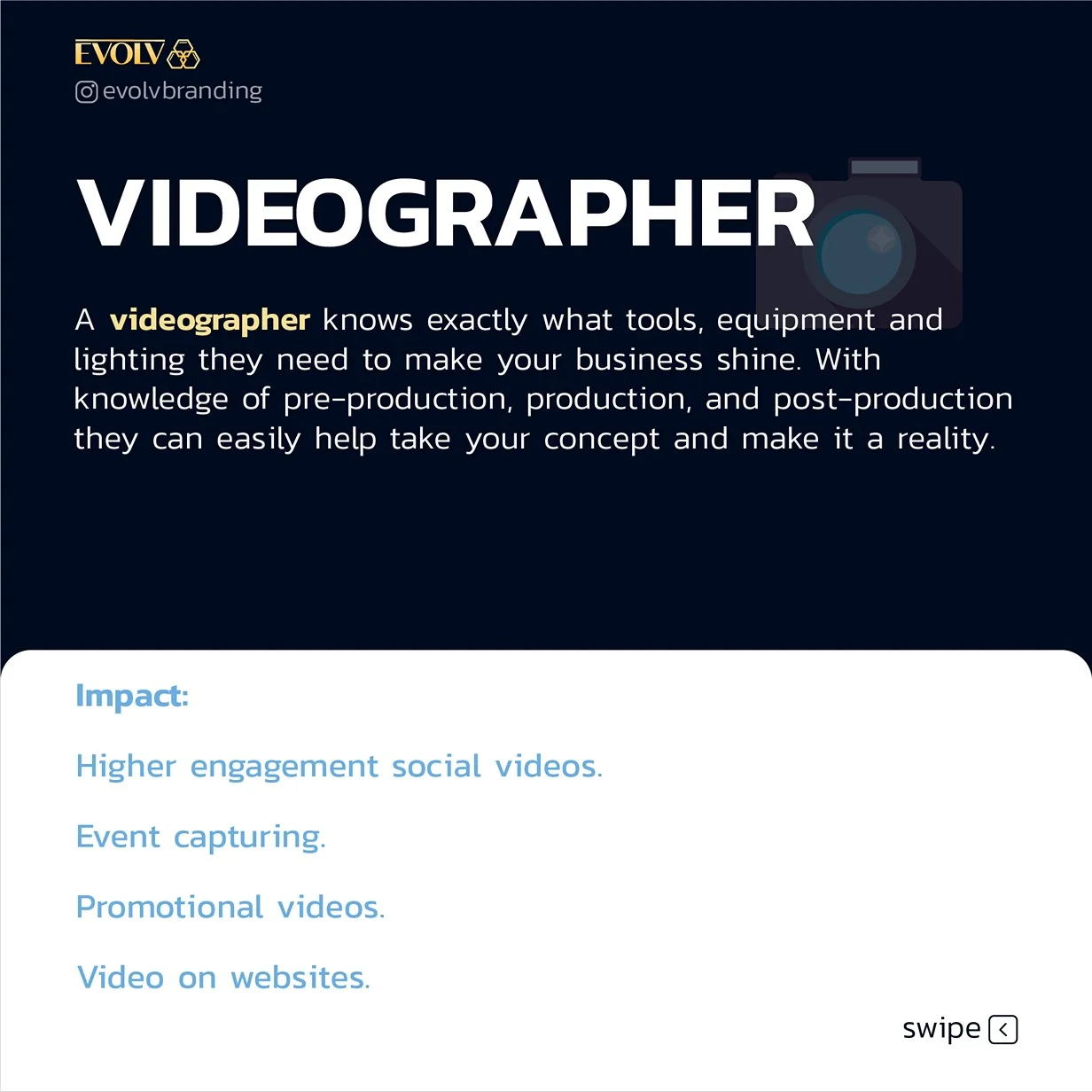
Videographer
A videographer creates memorable motion pictures. They understand how to work a camera and create a perfect shot emotionally moving narratives. A great videographer can help bring a concept to reality and should be experienced with all kinds of video formats such as explainer videos, interviews, or behind-the-scenes content.
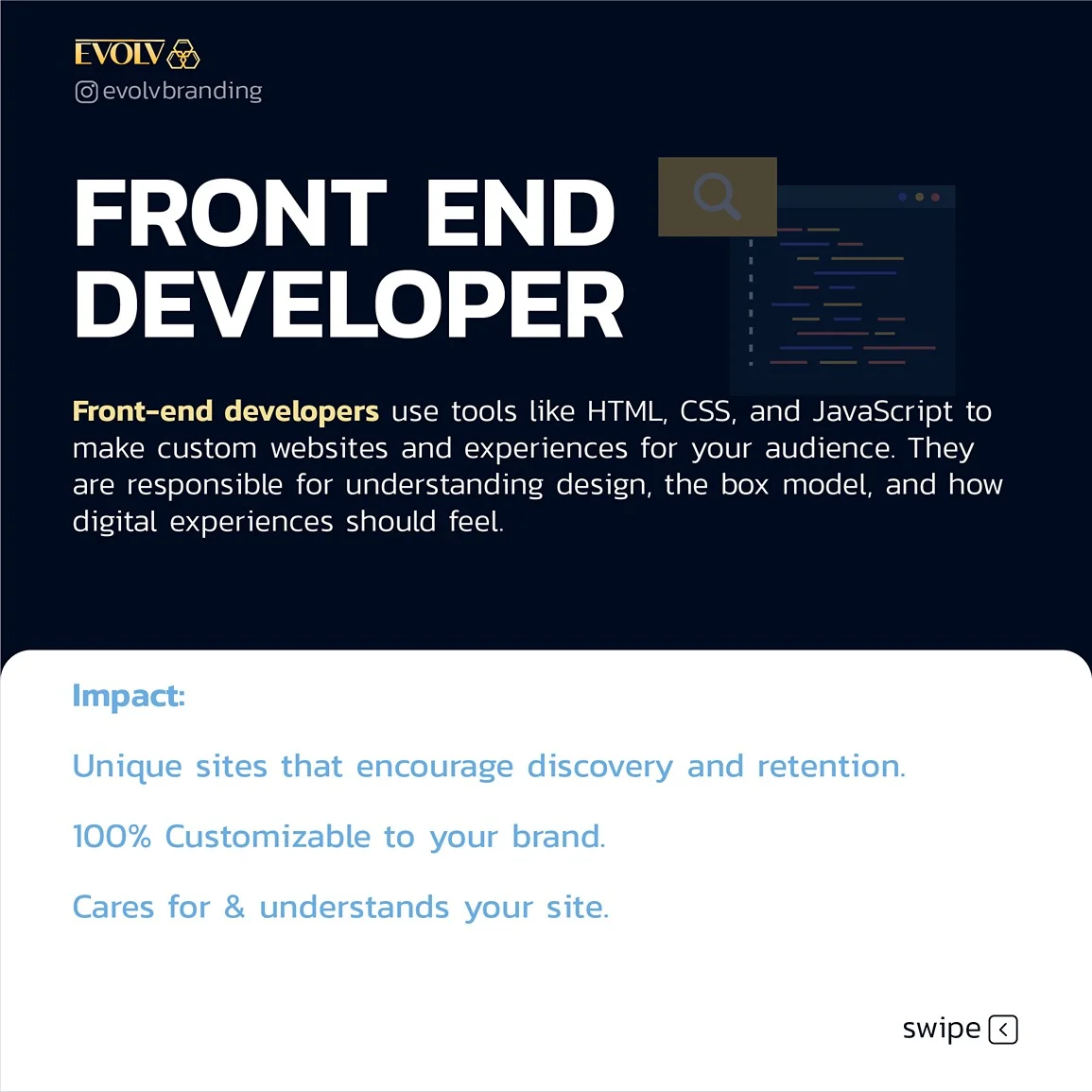
Front-End Developer
A front-end developer builds user-facing functionality and experiences. They create the look, feel, and interactivity of a website using code. Most front-end developers will specialize in creating web pages using HTML or CSS. Acquiring an understanding of design is probably one of the more important qualities a person can have when working as a front-end developer. A good web designer will understand how the design should function and which functionalities should be included.

Creative Director
A creative director understands the end goal of the project and can easily communicate different directions through multiple departments and experts. They have a great understanding of business objectives and are able to manage multiple creative people and their tasks at once.
FAQs:
What does it mean to be called a creative?
Being called a "creative" means you're someone who generates original ideas and turns them into visual, written, audio, or experiential forms. This term often applies to people in fields like design, advertising, writing, filmmaking, music, or any role that requires conceptual thinking and innovation. Creatives are valued for their ability to think outside the box and solve problems through artistic or strategic expression.
What are examples of a business creative?
Examples of business creatives include:
- Graphic designers who develop brand visuals, logos, and marketing materials
- Copywriters who craft compelling messaging for ads, websites, and social media
- Creative directors who guide the overall visual and storytelling approach of a campaign
- Content strategists who plan and structure content to align with business goals
- UX/UI designers who design customer-friendly digital experiences
These roles combine artistic vision with strategic purpose to help brands grow and connect with their audience.
What is the role of a creative?
The role of a creative is to transform ideas into engaging content, visuals, or experiences that align with a brand's goals. They conceptualize and execute work that communicates messages clearly, evokes emotion, and inspires action. In business settings, creatives collaborate with marketing, branding, and product teams to ensure consistency and effectiveness across campaigns and platforms.
Conclusion
Being a creative is all about being innovative and coming up with new ideas, visuals, and ways to tell stories.
Although you may have found a field of interest in one creative activity, such as copywriting or videography, it is important to work on your skills in other areas in order to be versatile and create different projects for different clients.
Let us know how Evolv can help you find creatives that delivers results and impresses your audience.
Also check out our blog and be updated with the latest insights on brand-building and marketing strategy that gives a lasting positive impression.





